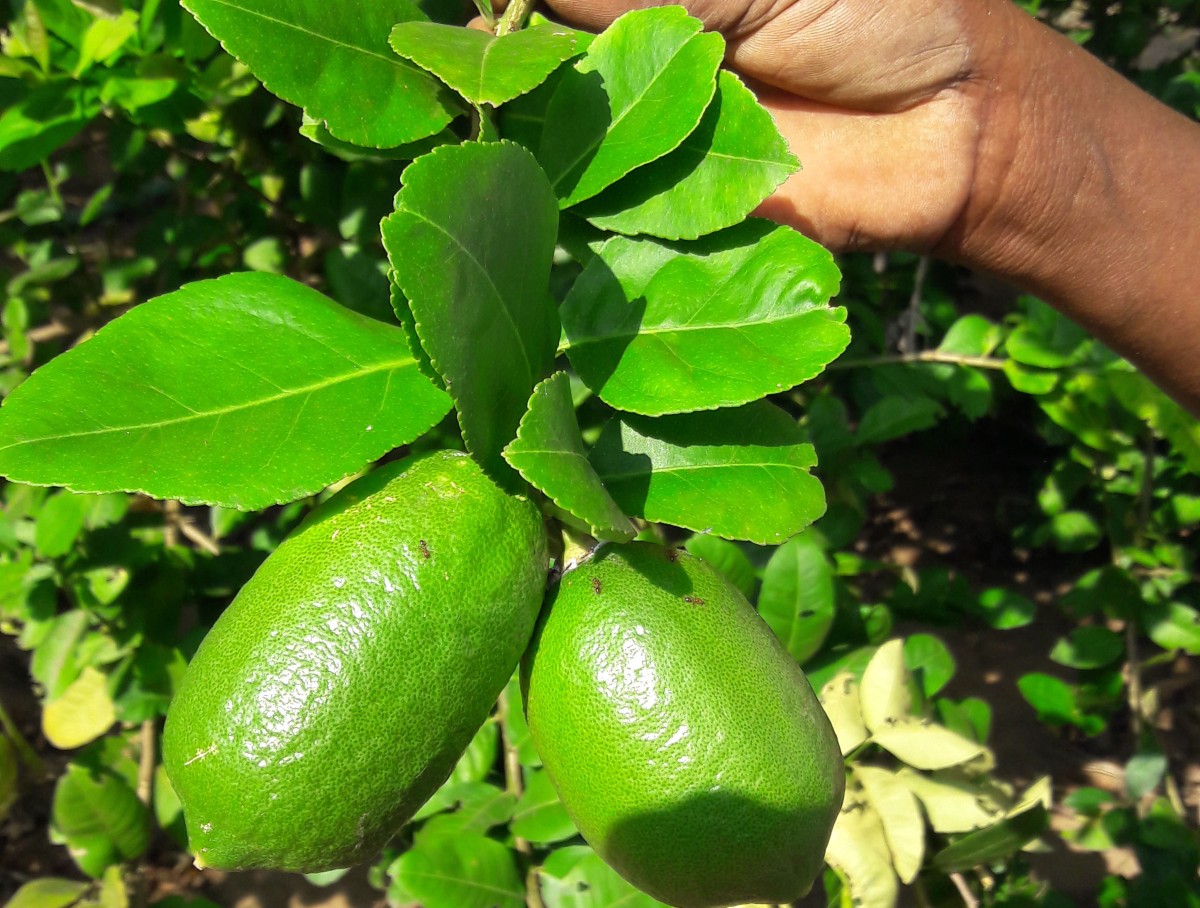
- Select a language for the TTS:
- UK English Female
- UK English Male
- US English Female
- US English Male
- Australian Female
- Australian Male
- Language selected: (auto detect) - EN
Play all audios:
A variety of distinctly aromatic lemon that originated from a chance seedling in a government research farm 67 years ago has shown high genetic diversity in samples collected from across the
north east Indian state of Assam1. Researchers from Gauhati University say there is a high possibility that the samples studied may not be exact clones of the parent plant but may have
arisen independently as other chance propagates. The finding is important for conservation of the commercially important cultivar, a staple in Assamese diets. Raja Ahmed and colleagues
genetically analysed samples of Assam lemon (_Citrus limon_ L Osbeck) from 97 locations in the state using the ISSR molecular markers technique to pinpoint genetic differences. They found
significant genetic differentiation and diversity among the populations of Assam lemon, indicating that all sampled accessions were not genetically identical offsprings of a single parent.
The researchers say this calls for conserving strands with high genetic diversity to preserve the unique qualities and characteristics of Assam lemon. By understanding the genetic diversity
of this valuable cultivar, farmers and breeders can select genetically diverse plants for breeding programmes. The first seedling of this cultivar sprouted in the Government Citrus Fruit
Research Station in the neighbouring state of Meghalaya from the progeny of a variety from Assam. It was then propagated by vegetative means as a clonal horticultural cultivar.







